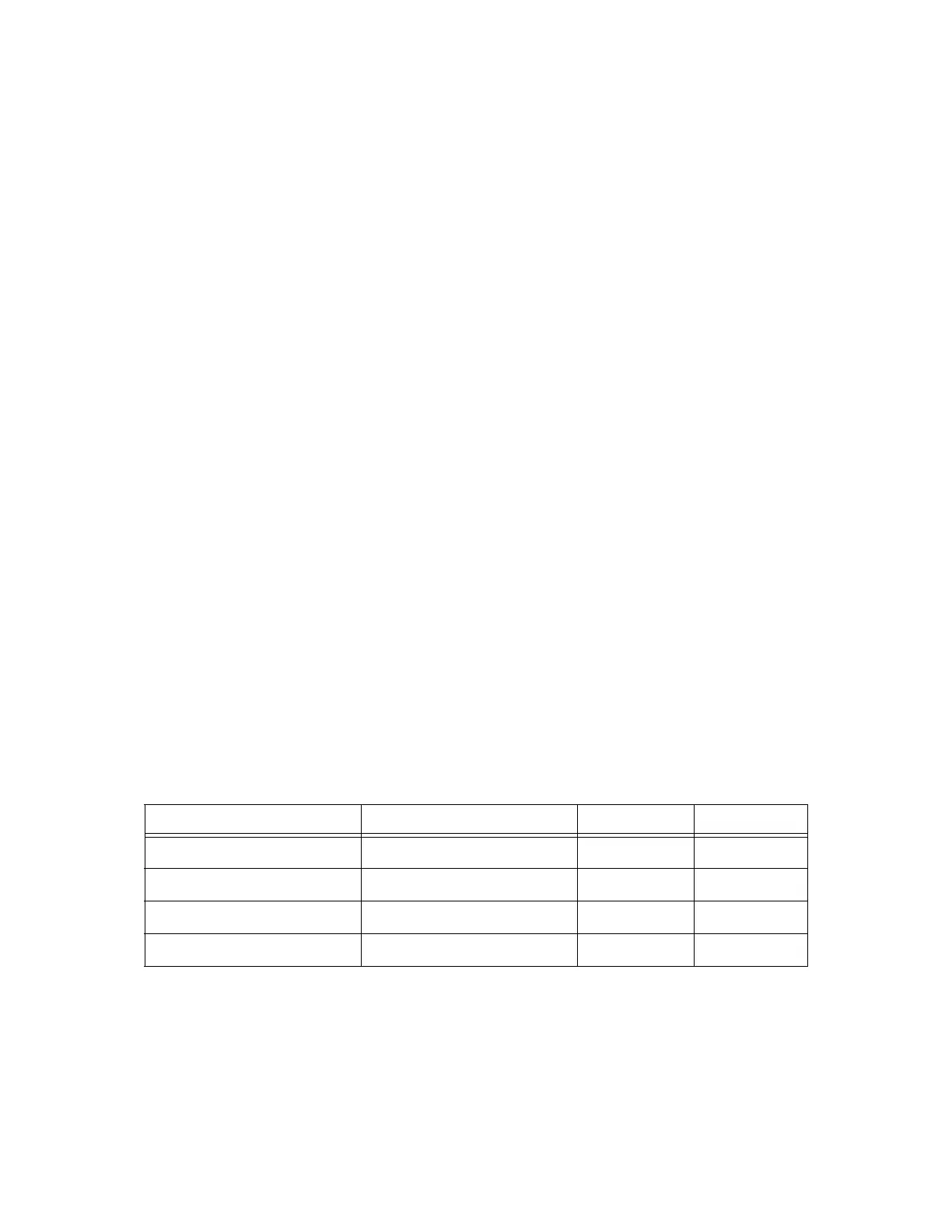QoS Policies
Quality of Service Guide 67
Virtual Hierarchical Scheduling
Virtual hierarchical scheduling is a method that defines a bounded operation for a group of
queues. One or more queues are mapped to a given scheduler with strict and weighted metrics
controlling access to the scheduler. The scheduler has an optional prescribed maximum
operating rate that limits the aggregate rate of the child queues. This scheduler may then feed
into another virtual scheduler in a higher tier. The creation of a hierarchy of schedulers and
the association of queues to the hierarchy allows for a hierarchical Service Level Agreement
(SLA) to be enforced.
Scheduler policies in the routers determine the order queues are serviced. All ingress and
egress queues operate within the context of a scheduler. Multiple queues share the same
scheduler. Schedulers control the data transfer between the following queues and
destinations:
• Service ingress queues to switch fabric destinations.
• Service egress queues to access egress ports.
• Network ingress queues to switch fabric destinations.
• Network egress queues to network egress interfaces.
There are two types of scheduler policies:
• Single Tier Scheduling
• Hierarchical Scheduler Policies
Schedulers and scheduler policies control the data transfer between queues, switch fabric
destinations and egress ports/interfaces. The type of scheduling available for the various
scheduling points within the system are summarized in Table 16.
Table 16: Supported Scheduler Policies
Scheduling From To Single-Tier Hierarchical
Service Ingress Queues Switch Fabric Destinations Yes Yes
Service Egress Queues Access Egress Ports Yes Yes
Network Ingress Queues Switch Fabric Destinations Yes No
Network Egress Queues Network Egress Interfaces Yes No
